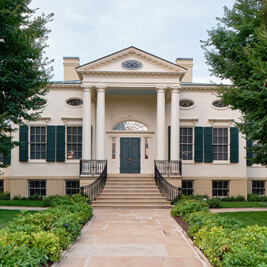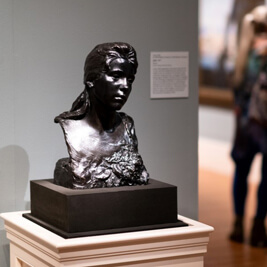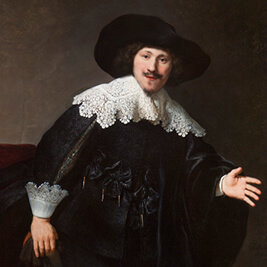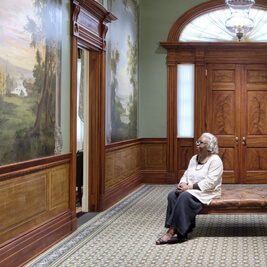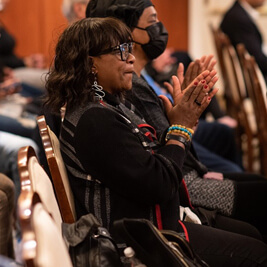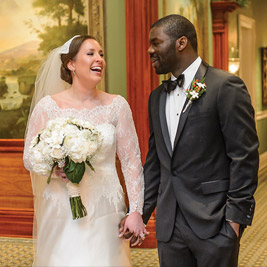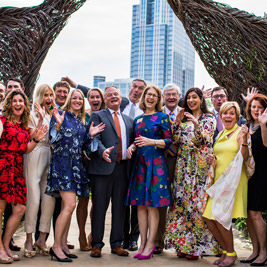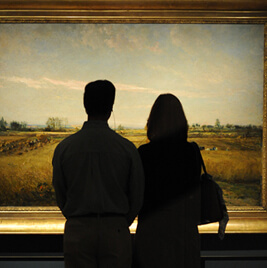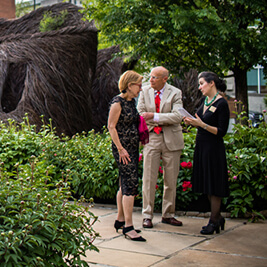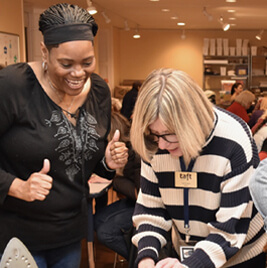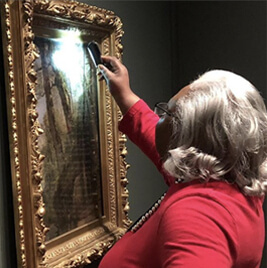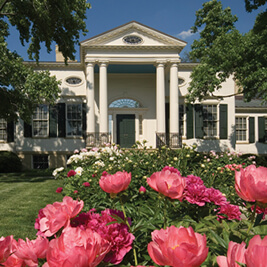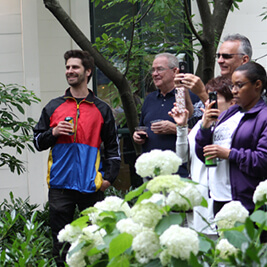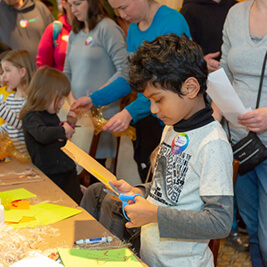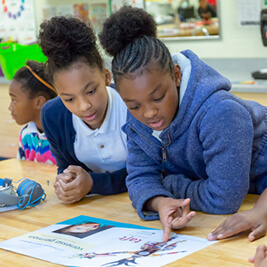- Do + See
- Dine + Host
- Give + Join
- Educate + Learn
Shaping African Modernism: The Presence and Absence of Women Artists
by Ann Glasscock, Associate Curator
The Taft Museum of Art is pleased to present African Modernism in America, an exhibition organized by Fisk University Galleries and the American Federation of Arts. One of the highlights in the show is a photocollage by contemporary artist Ndidi Dike (right). This powerful work investigates the women who explored modernism in Africa and shaped its narratives.
Though Dike’s panorama unfolds across three chapters, or panels, some figures, names, and narratives recur (below). One such figure is Ladi Kwali, the influential Nigerian ceramic artist whose portrait graces the 20 naira bank note on which Dike builds her collage. The first panel focuses on the role of women in establishing the discourse around artmaking in Nigeria.
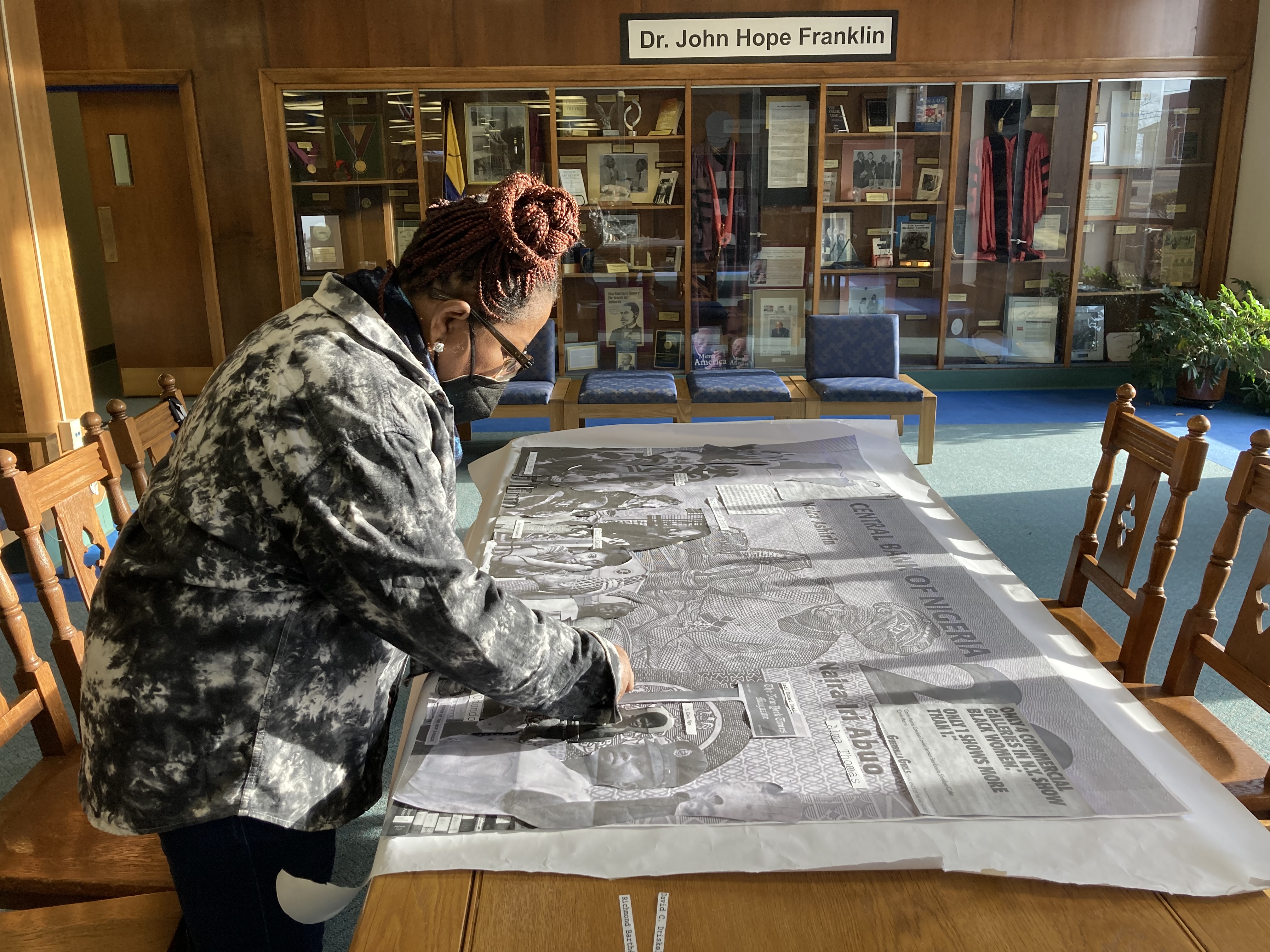
Ndidi Dike Designing The Politics of Selection at Fisk University, January 2022. Photograph by Perrin Lathrop
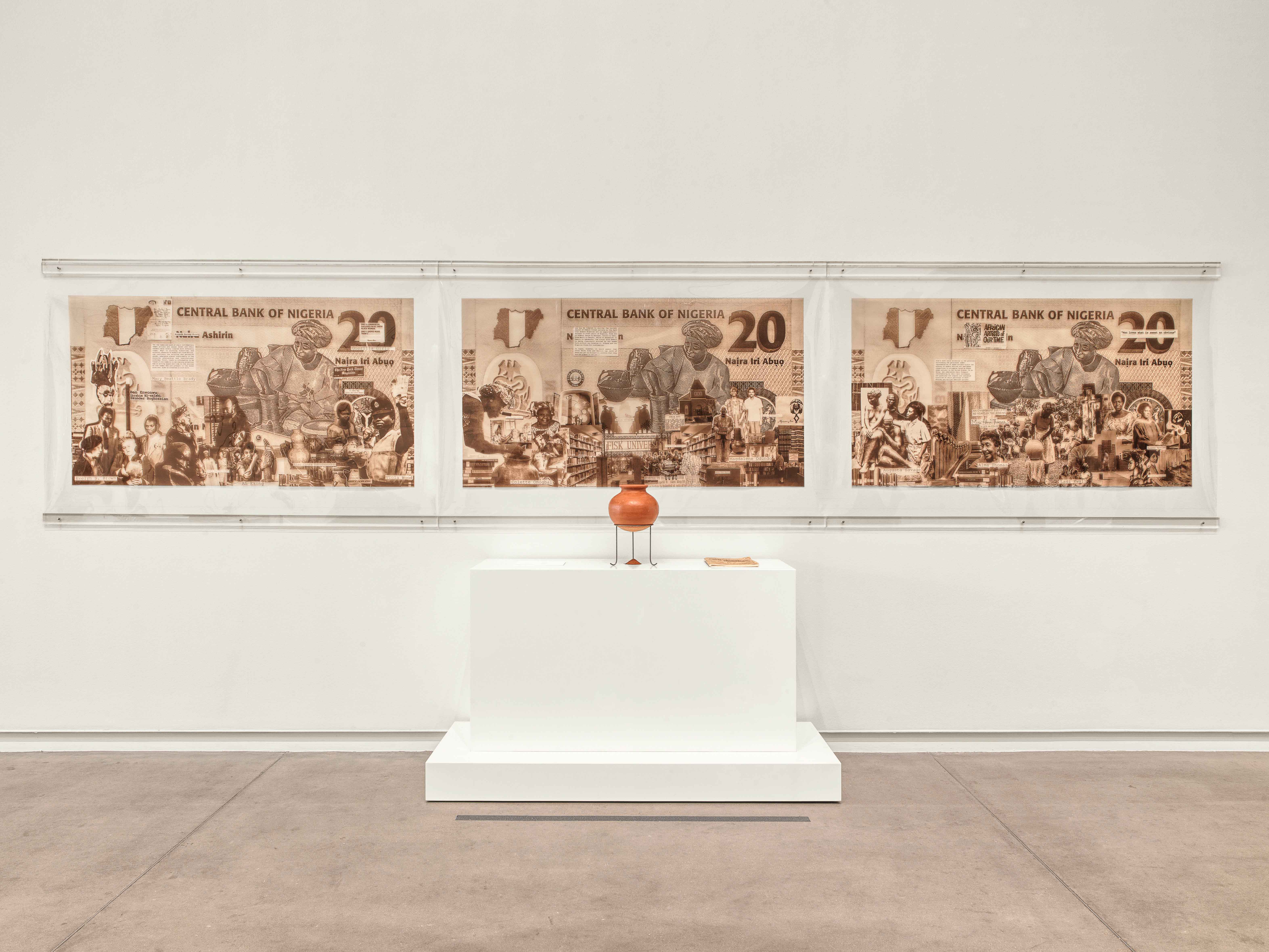
Ndidi Dike (born United Kingdom; lives and works in Nigeria), The Politics of Selection, 2022, photocollage printed on transparency, earthenware vessel, earth, book, paper. Courtesy of the artist
The second centers Fisk University—a historically Black university and the oldest institution of higher learning in Nashville, Tennessee—as a site of Black diasporic exchange. The final panel draws connections between struggles faced by Black women artists in Africa and the United States. By repeating their names, works, and faces, Dike rebalances women artists’ frequent overshadowing by their male colleagues and questions the complex and contested histories of white patronage of Black artists, exposing the forms of these women’s silencing and their strategies of visibility.
African Modernism in America features the work of
several of the women artists in Dike’s photocollage,
including Suzanna Ogunjami and Ladi Kwali.
As a master ceramicist at the Abuja Pottery Training Centre in Nigeria, Kwali modernized the traditional ceramic forms she had first learned as a child. Celebrated internationally, Kwali toured the United States in 1972 with fellow ceramicists Michael Cardew and Clement Kofi Athey. While in Nashville , Kwali demonstrated her process of hand-making ceramics for students at Tennessee State University and Fisk University, creating her signature water jars, which were similar to this example in their wide neck, flanged rim, and decoration with incised abstracted natural forms (right).
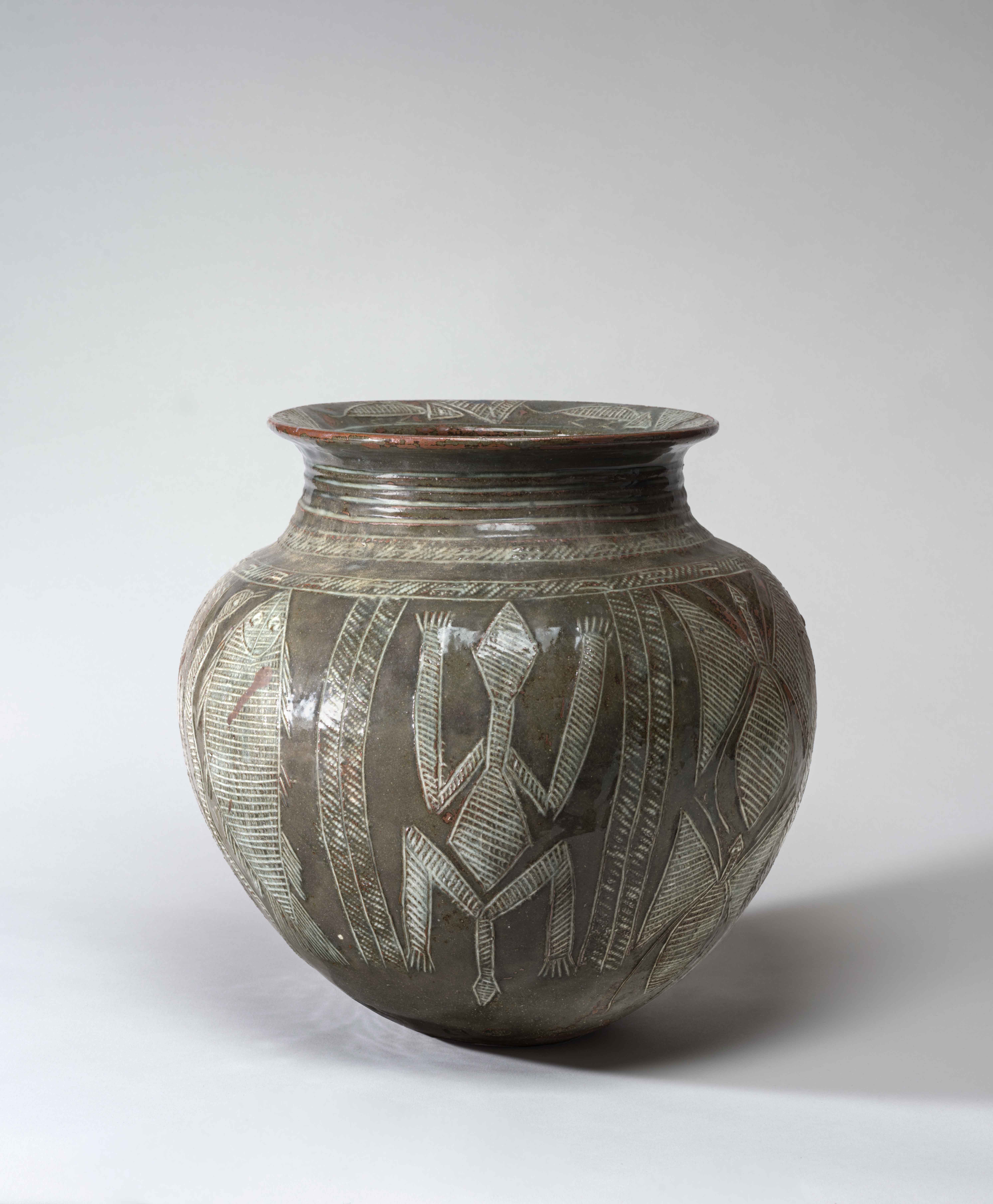
Ladi Kwali (about 1925–1984, Nigeria), Water Jar, about 1960s, glazed stoneware. Courtesy of Mimi Wolford. Photograph by Lee Ewing
See these extraordinary pieces in the Taft’s latest special exhibition African Modernism in America on view February 9-May 19, 2024. An exploration of the installation’s works will reveal the inventive nature of the modern art that emerged in Africa during the 1950s and ’60s.
The author gratefully acknowledges Perrin M. Lathrop, PhD, Assistant Curator of African Art, Princeton University Art Museum, for her research that informed this article.
